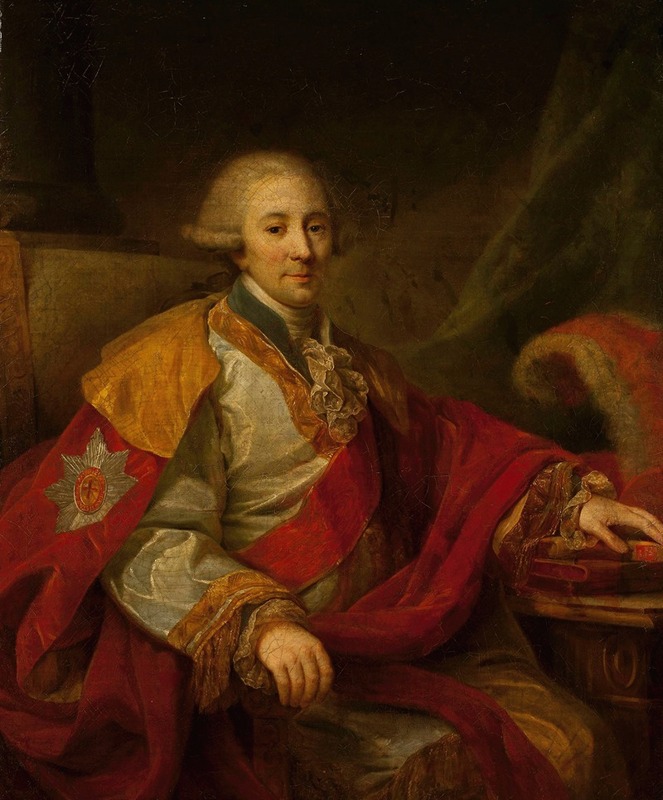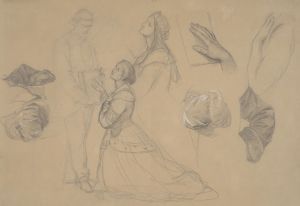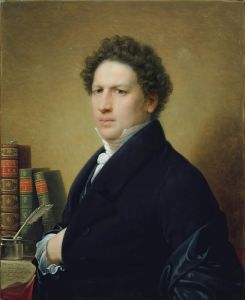
Portrait of a dignitary
A hand-painted replica of Johann Baptist von Lampi the Elder’s masterpiece Portrait of a dignitary, meticulously crafted by professional artists to capture the true essence of the original. Each piece is created with museum-quality canvas and rare mineral pigments, carefully painted by experienced artists with delicate brushstrokes and rich, layered colors to perfectly recreate the texture of the original artwork. Unlike machine-printed reproductions, this hand-painted version brings the painting to life, infused with the artist’s emotions and skill in every stroke. Whether for personal collection or home decoration, it instantly elevates the artistic atmosphere of any space.
Johann Baptist von Lampi the Elder (1751–1830) was an Austrian portrait painter renowned for his depictions of European aristocracy and dignitaries during the late 18th and early 19th centuries. His painting Portrait of a Dignitary is one of his many works that exemplify his skill in capturing the likeness and status of his subjects with meticulous attention to detail and a refined sense of composition.
The painting portrays an unidentified dignitary, dressed in formal attire indicative of high social or political standing. Lampi’s mastery of portraiture is evident in the subject’s lifelike expression and the intricate rendering of textures, such as the fabric of the clothing and any accompanying insignia or decorations. The dignitary’s pose and demeanor convey authority and confidence, consistent with the artist’s approach to emphasizing the prestige of his sitters.
Lampi was active during a period when portraiture was a key medium for documenting and celebrating the power and influence of prominent individuals. His career took him across Europe, where he worked in cities such as Vienna, Warsaw, and St. Petersburg. He became particularly well-known for his work at the Russian Imperial Court, where he painted members of the nobility and royalty, including Catherine the Great.
While specific details about the identity of the sitter in Portrait of a Dignitary are not readily available, the painting reflects Lampi’s characteristic style, which combined elements of Neoclassicism with a sensitivity to the individuality of his subjects. His portraits often featured rich color palettes, dramatic lighting, and a focus on the sitter’s facial features, all of which are likely present in this work.
The exact date of the painting is not documented, but it is consistent with Lampi’s active period as a portraitist, which spanned several decades from the late 18th century into the early 19th century. As with many of Lampi’s works, Portrait of a Dignitary serves as both a personal representation of the sitter and a broader reflection of the cultural and political milieu of the time.
Further research or access to archival records may provide additional context about the painting, including the identity of the sitter and the circumstances of its commission. Until then, the work remains a testament to Johann Baptist von Lampi the Elder’s enduring legacy as one of the leading portrait painters of his era.

















